
Microbial Stowaways: Exploring Shipwreck Microbiomes in the Deep Gulf of Mexico
Past Expedition
Overview
Stowaways hide aboard a vessel as a means of (free) transportation. During a nine-day expedition on board the R/V Point Sur, scientists from the University of Southern Mississippi, the Bureau of Ocean Energy Management, and the Naval Research Laboratory discovered and characterized two unexplored, wooden-hulled shipwrecks in the Gulf of Mexico, and studied the microbial stowaways living secretly on and around them, to explore how shipwrecks shape the microbial biodiversity of the deep sea.
Features
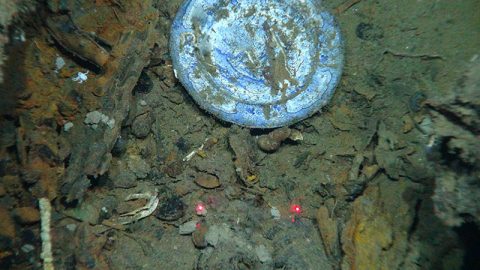
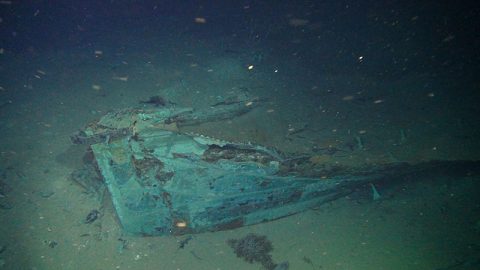
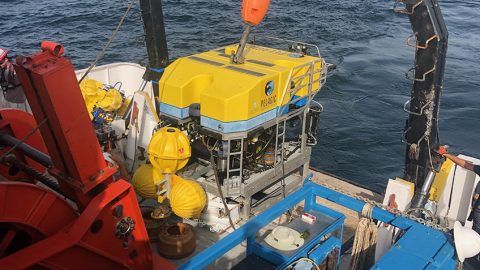
View Less
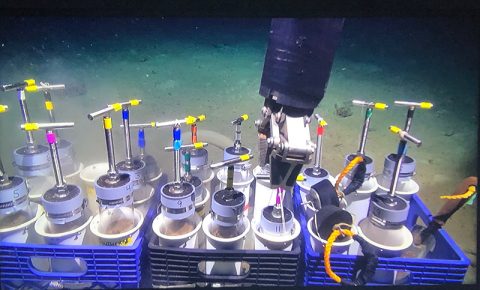
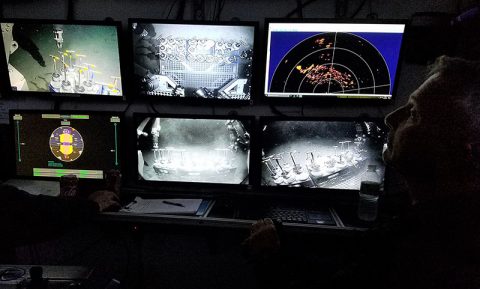
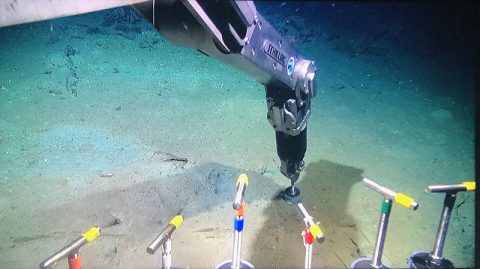
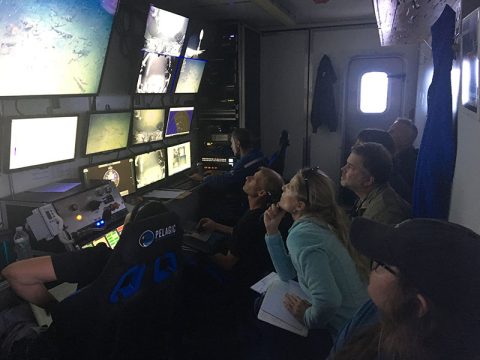
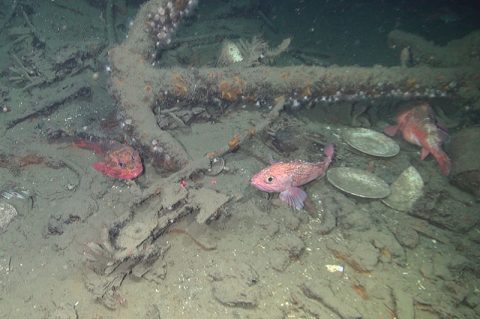
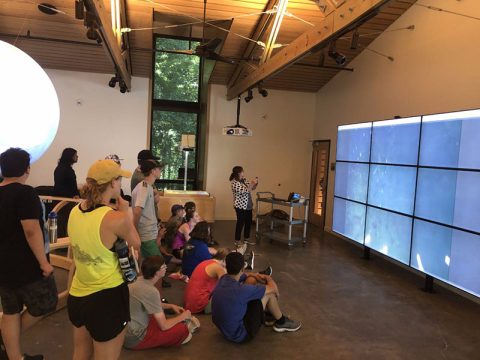
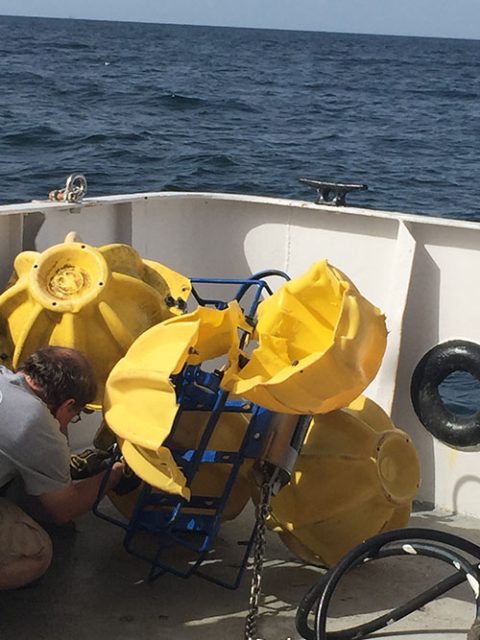
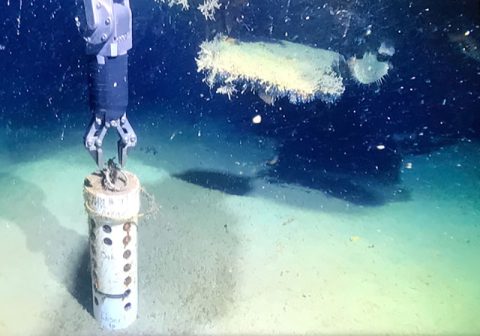
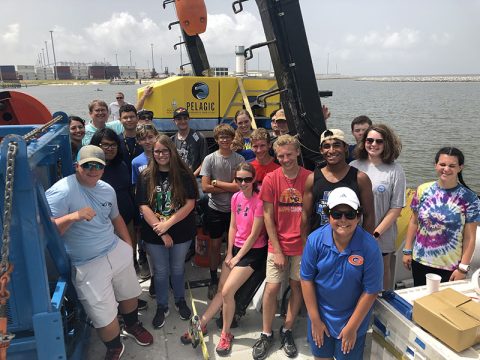
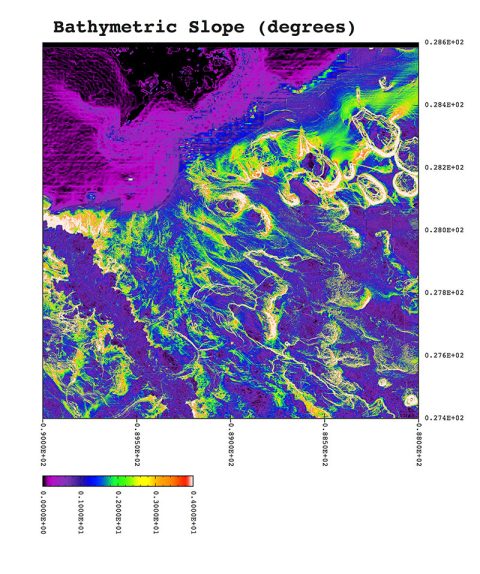
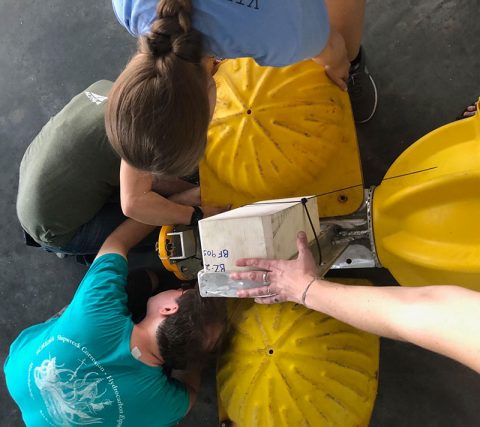
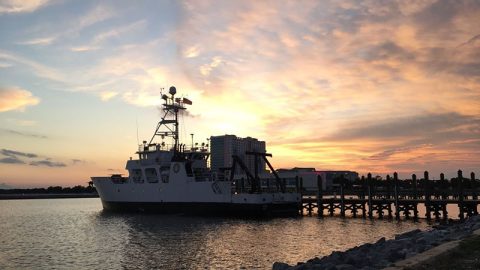
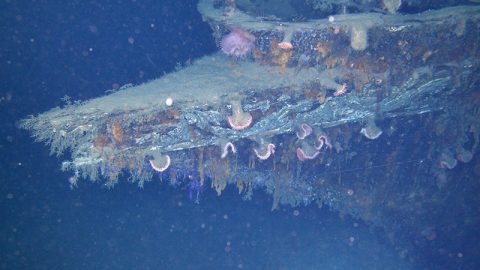
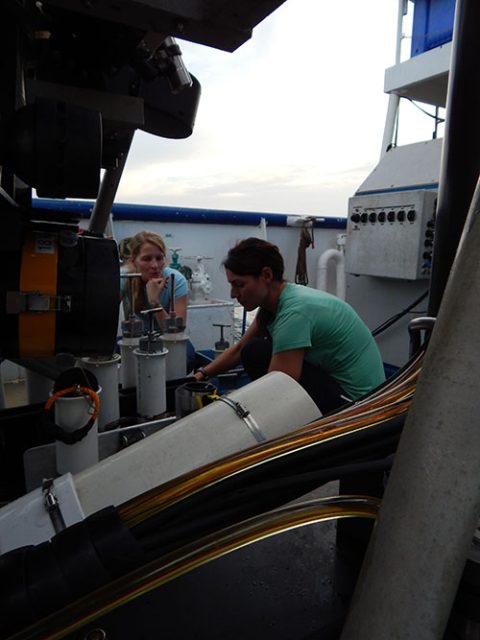
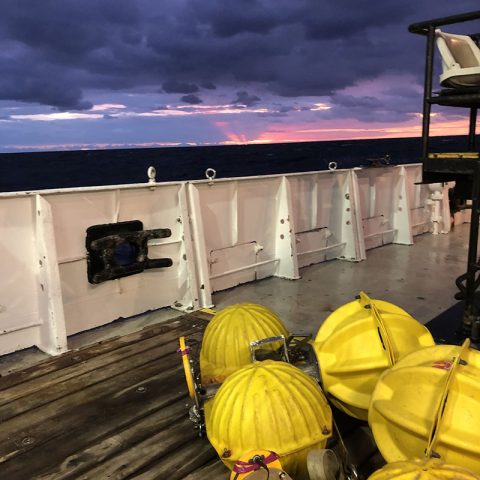
Multimedia
Featured multimedia assets associated with this project.
Education
Our Learn & Discover page provides the best of what the NOAA Ocean Exploration website has to offer to support educators in the classroom during this expedition. Each theme page includes expedition features, lessons, multimedia, career information, and associated past expeditions. Below are related top education themes for this expedition.
Meet the Exploration Team
Learn more about the team members and their contributions to this project.
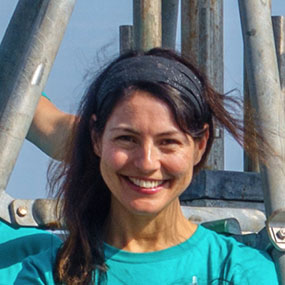
School of Ocean Science and Engineering, University of Southern Mississippi
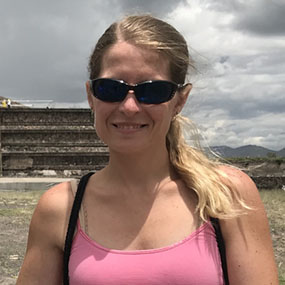
Bureau of Ocean Energy Management
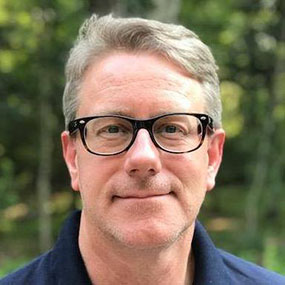
U.S. Naval Research Laboratory
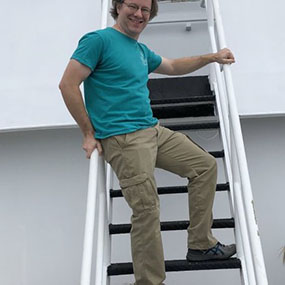
University of Southern Mississippi
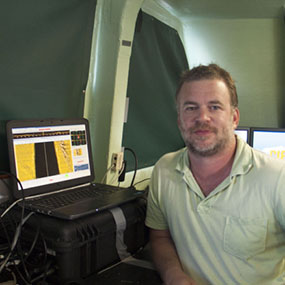
Bureau of Ocean Energy Management
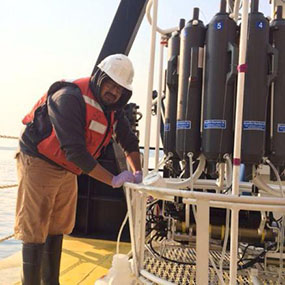
School of Ocean Science and Engineering, University of Southern Mississippi
